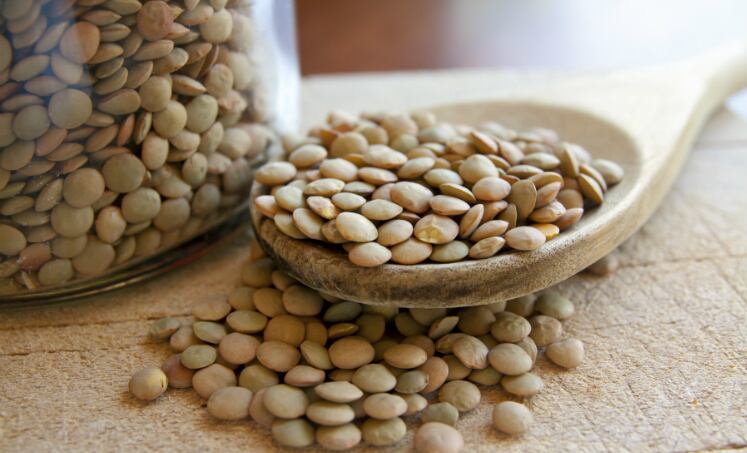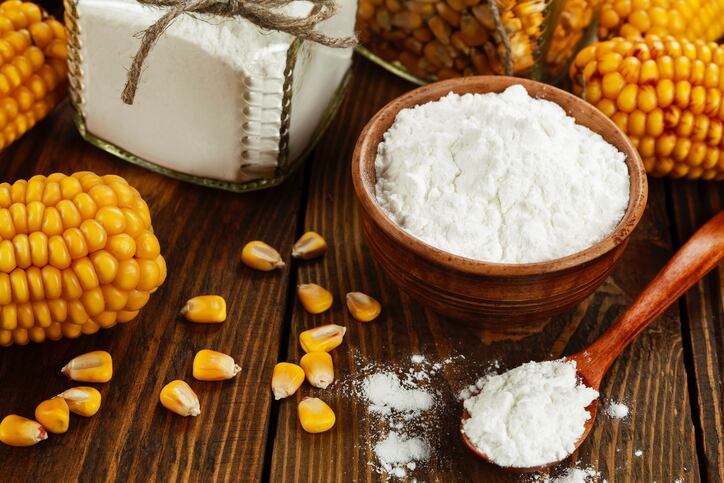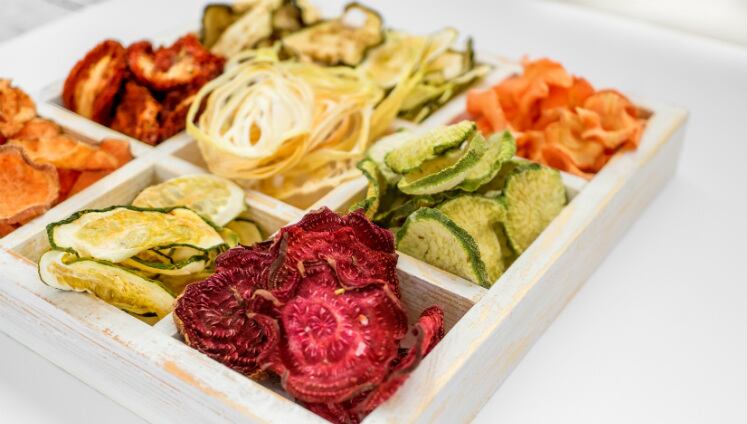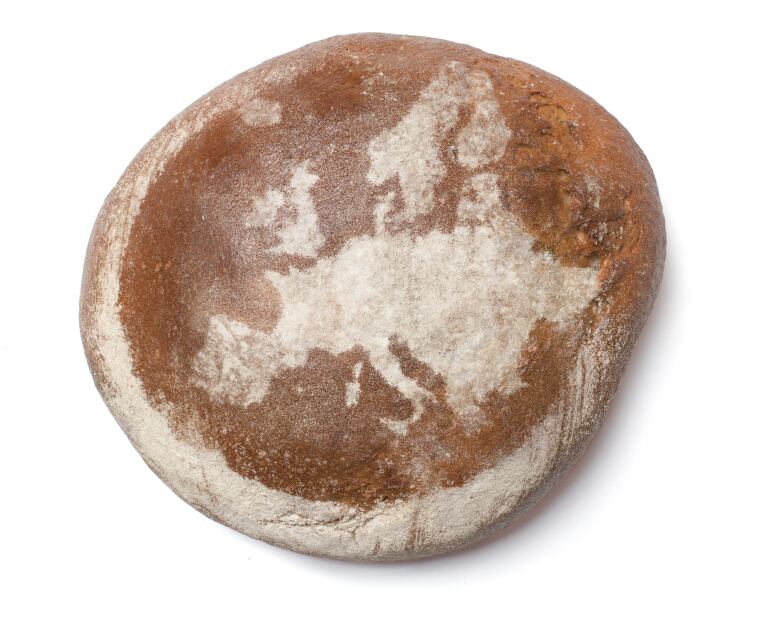Lentil flour - like its counterparts in the legume category - ticks all the boxes for today’s demand for added protein and fiber in baked goods and snacks.
Lentils are likely one of the world’s first agricultural crops, first introduced more than 8,500 years ago.
In addition to growing easily in cool-weather conditions in areas with little rainfall, they are high in fiber, potassium and iron, but low in calories and saturated fat, and are a good source of antioxidants.
These benefits have made lentils an essential ingredient in Eastern cooking and recently a popular addition to gluten-free or nutrient-rich diets in the West.
Excellent source of protein
Mark Stavro, senior director of marketing at Bunge, told BakeryandSnacks that lentils tend to provide higher protein, fiber and iron content than other alternative flours, such as chickpea.
“Our lentil functional flour offers the ability to make stronger protein and fiber claims than traditional flours,” he said, adding it is suitable for gluten-free formulations.
“Additionally, as a functional flour, it can provide many of the same key features offered by modified starches, including adding crispness and crunch, thickening and gelling.”
He added the flour is available in a variety of grinds to meet customer needs across a wide range of applications.
Finding fiber in the new age of diets
Nearly half of U.S. consumers seek fiber in their diets, and 10% more looked for fiber content on labels in 2016 than they did in 2005, according to flavor manufacturer FONA International.
The fiber burst has coincided with the ascent of the gluten-free industry, which Zion Market Research estimates will exceed $7.5b globally by 2024.
Winning over consumers
Consumer demand for clean label ingredients has incentivized manufacturers of baked goods and snacks to pursue natural emulsifiers, stabilizers and thickeners.
Globally, consumers are demanding more natural foods, which has brought about stricter regulations of preservatives and label claims, especially in the EU.
Though vegetable snacks lead the pack of alternative-ingredient crackers and chips, pulse-based versions come in a close second, per a 2017 report from Packaged Facts.
Pulses can include lentils, chickpeas, beans and peas.
Companies, though, have latched onto lentils, such as US plant-based snack company Harvest Snaps and global conglomerate Mars Incorporated, which recently partnered with an Indian nonprofit to produce a lentil-based snack intended to increase protein consumption.
While less than 1% of U.S consumers suffer from an autoimmune deficiency known as celiac disease, which causes the body to attack the small intestine after gluten ingestion, many more have embraced gluten-free products. Losing gluten, however, diminishes fiber content.
Previously undervalued legumes have played a major role in propelling this growing subset of the food industry, especially in baked goods. In fact, nutritionists recommend legumes specifically for increasing fiber and iron intake on a gluten-free diet.
Euromonitor named whole grains as one of its eight trends for 2018, noting the wide-open opportunities to innovate in baked goods and snacks.
The report highlights consumer interest in healthy living, culled from raw foods, clean label, ancient grains and plant proteins.
Legume flours tick all these boxes, as well as giving manufacturers an easy way to boost protein levels without compromising on texture or flavor.
Not gluten-free, but still value-added
The complete acceptance of gluten-free legume breads remain unlikely, however, as studies have shown the bread’s viscosity suffers as the percentage of legume flour increases.
On the other hand, lentil flour – along with chickpea, pea and bean flours – increased batter viscosity of gluten-free layer cakes.
A 2012 Food and Bioprocess Technology study also found chickpea flour yielded a higher volume, but researchers concluded lentil flour still offered the best overall results.
‘The legumes significantly increased the hardness and chewiness in the cakes, except with addition of lentil. Enriched cakes had higher total protein, available proteins, minerals [and] fat, as well as fiber content... overall, considering physicochemical properties and nutritional quality, lentil flour incorporation resulting in the best gluten-free cakes,’ wrote the study’s authors.
Beyond the Year of the Pulse
Adding lentils or other high-nutrient flours could provide a much-needed boost of dietary fiber (31g per 100g, plus 25g of protein), recommended by the European Food Standard Agency to reach or exceed 25 grams per day for adults. About 60% of U.S. adults consume the indicated level.
Today’s consumers still want bread but nearly a third look for high-fiber content, BakeryandSnacks reported in September, and more than 20% try to avoid enriched grains entirely.
The whole grain industry will exceed $45 billion by 202s, according to the Whole Grains Council.
Whole grain breads made with 10% or 20% lentil flour can replicate dough viscosity and crumb texture, with a slightly nuttier flavor profile.
Studies:
Alternative Field Crops Manual - Lentil
Authors: ES Oplinger, LL Hardman, AR Kaminski, KA Kelling and JD Doll
University of Wisconsin-Extension, University of Minnesota Center for Alternative Plant & Animal Products
hort.purdue.edu/newcrop/afcm/lentil.html
Celiac Disease
Authors: JC Bai, C Ciacci, et al.
World Gastroenterology Organisation Global Guidelines
worldgastroenterology.org/UserFiles/file/guidelines/celiac-disease-english-2016.pdf
The Gluten-Free Diet: Fad or Necessity?
Author: AL Jones
Diabetes Spectrum, 2017, Vol. 30, Iss. 2, pp. 118-123
Impact of Legume Flours on Quality and In Vitro Digestibility of Starch and Protein from Gluten-Free Cakes
Authors: MA Gularte, M Gómez and C Rosell
Food and Bioprocess Technology, 2012, Vol. 5, Iss. 8, pp. 3142-3150
doi.org/10.1007/s11947-011-0642-3
Lentil: A prebiotic-rich whole food legume
Authors: CR Johnson, D Thavarajah, GF Combs Jr. and P Thavarajah
Food Research International, 2013, Vol. 51, pp. 107-113




